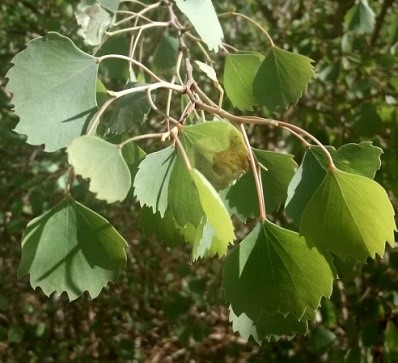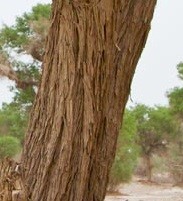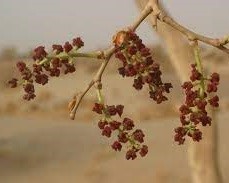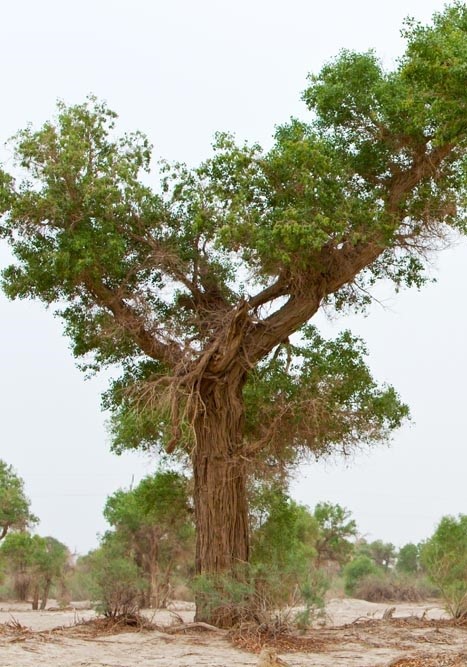Trees
Populus euphratica Olivier
Populus euphratica Olivier
Description :
A
large, deciduous tree 25 to 30 m tall, with diameters of 40 cm or more. The
trunk is erect and the crown broad and spreading. The leaves are simple, 7.5 to
12.5 cm long. The bark on older trees is grey to grey black and rough. On
younger trees the bark is smooth and shiny. It is dioecious. The male catkins
are 7.5 to 10 cm long and the female catkins are 15 to 20 cm long. Flowering
and seed production occurs between June and August. It does coppice. It is
susceptible to many insect and disease problems especially when stressed. It is
reproduced both from seed and by vegetative means. The seed is small with silky
hairs (cotton), light and wind disseminated. Seed viability is low. It is fast
growing. Yields of 20 to 40 m3/ha/yr have been recorded. Several clones
of this tree have given excellent performance. Grains very fine, straight and
even textured, Sapwood is white, and heartwood pale to brownish grey, moderately
light, soft having specific gravity of 0.46 and a calorific value of 5900
kcal/kg.
Distribution :
The
tree is native to North America. In Pakistan it has been successfully planted
in the plains as well as in the hills. Several clones of this species have been
tested in different parts of Pakistan and the best ones suited to local
conditions have been identified. An intolerant tree that grows on sandy loams
and alluvial soils. It requires considerable amounts of water to maintain
growth and is adapted to a precipitation zone of 750 to 1250 mm/yr or more, in
a temperature range of -20 to 35°c. It prefers a semi-humid to semi-arid, cool,
sub-tropical temperate climate.
Uses :
This
is a good farm forestry tree. It has been extensively planted and intercropped
on farms in Pakistan. Under some conditions it will compete with crops for
water. It is also a good shelter belt tree because of its rapid growth. Also
used as fuel, packing cases and crates, matches, erosion control and
reforestation, plywood, pulp, fodder, and roadside tree plantation.



